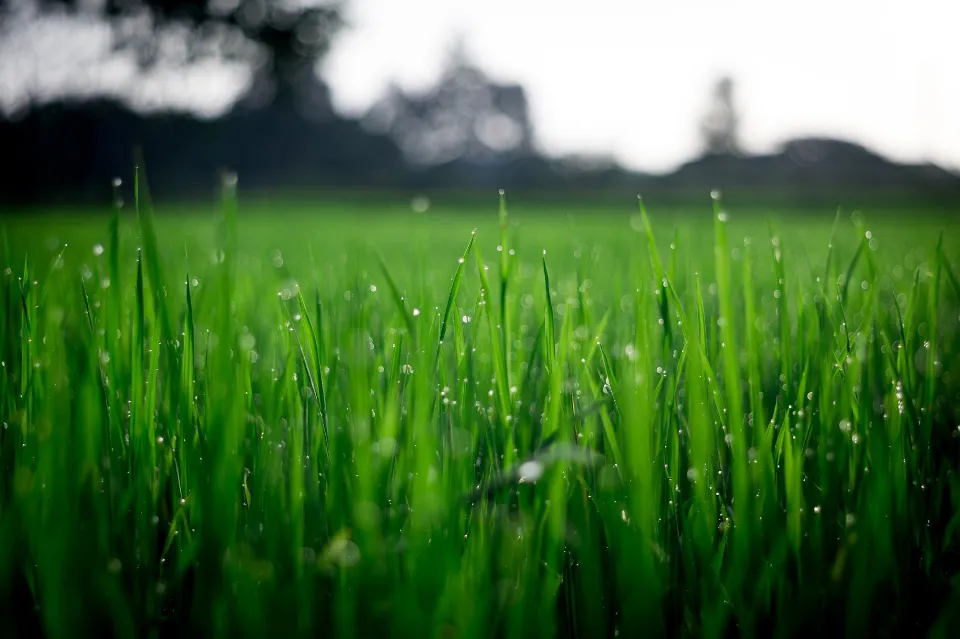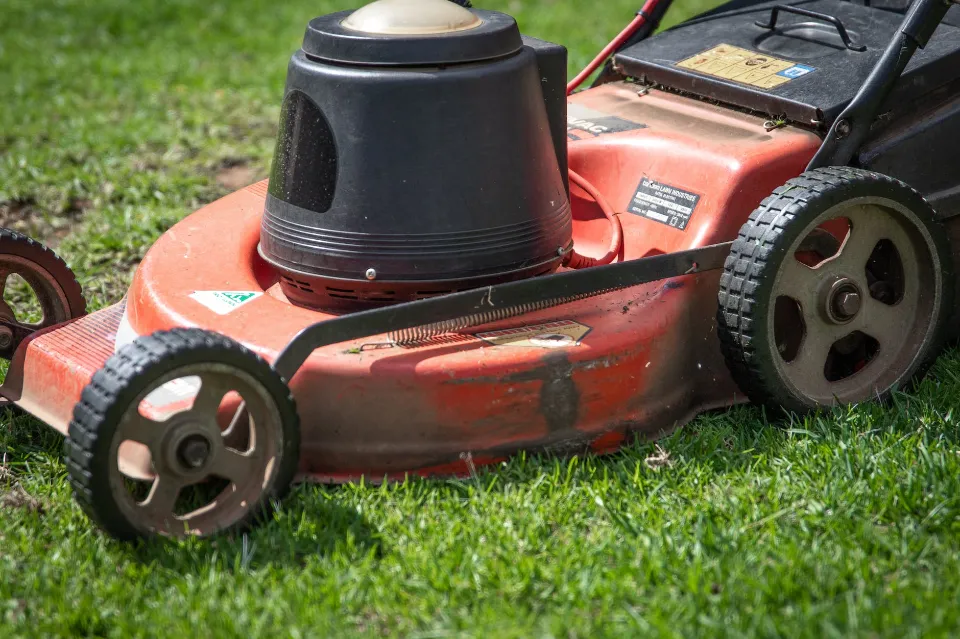Water is an essential part of a happy, healthy lawn. But you must pay attention to how you water it. For instance, running a sprinkler at night creates the ideal environment for illness to spread. If you water your lawn too little, the grass roots won’t develop deeply enough, leaving your lawn vulnerable to problems when the weather gets hot.
Early in the morning, before 9AM, is the ideal time to water your lawn. When you water early in the day, the soil can absorb the water before it gets hot.
Follow these steps for a hydrated lawn.
Also Read: How Often Should You Apply Sulfur to Lawn – 2023 Guide
When to Water the Lawn
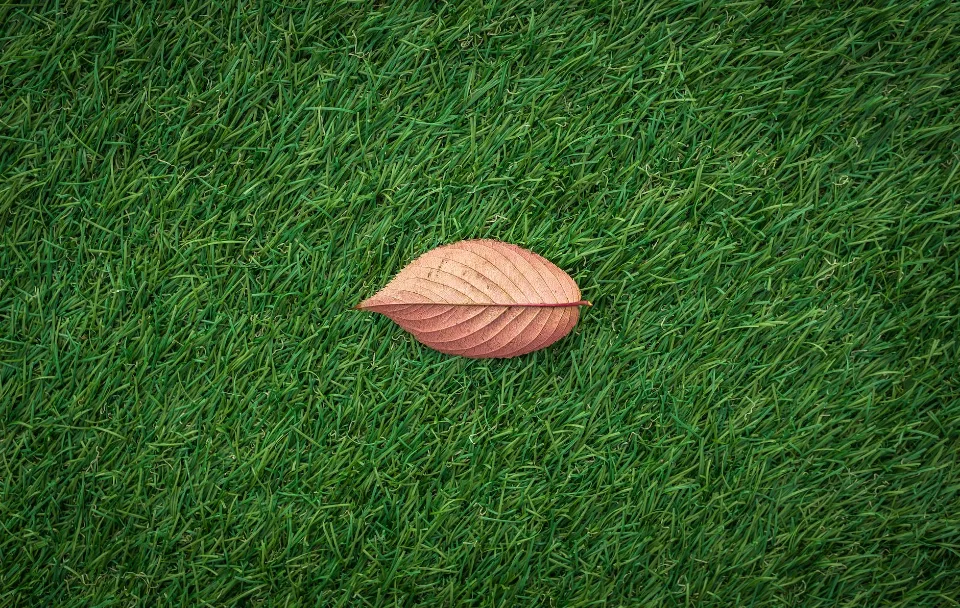
Your lawn is trying to tell you that it needs water if it has a grayish hue or looks dull green. You can also test your lawn by stepping on it: if your footprints don’t disappear right away, the grass blades lack the moisture they require to recover. Although it may seem like you can water your lawn whenever you want during the day, your lawn actually requires more specialized care. Watering early in the day (before 10 a.m.) is the best time for your lawn; it’s cooler and winds tend to be calmer so water can soak into the soil and be absorbed by the grass roots before it can evaporate. If you must water in the evening, try between 4 and 6 p.m. which should give the grass blades time to dry before nightfall. The likelihood of disease spreading throughout your lawn increases as watering time passes. It’s important to remember, though, that you are not required to water your lawn. Since they are well-established and maintained, lawns can withstand weeks without water by going dormant (when the grass turns brown), then bounce back once the rain stops.
How Much Water to Use
It is usually advised to water an established lawn until the top 6 to 8 inches of soil (where the majority of turfgrass roots grow) are moist. To soak the soil that deeply, most lawns require 1 to 1.5 inches of water per week, either from rain or watering. One watering during the week or two during the course of the week can apply that amount of water. To avoid overwatering your lawn, just be careful.
How to Tell If You’ve Watered Enough
Check the Soil
Using a screwdriver to measure the depth of the water, check the soil after every 15 minutes during the first watering to determine how long it will take for the soil to become thoroughly saturated. Mark the time once the soil has been saturated to a depth of at least 6 inches; this is how long you will need to water your lawn each time moving forward. Simply wondering if you can forgo watering for the day due to time constraints? Apply the following general rule: Water your plants if you can’t easily stab a screwdriver six inches into the ground.
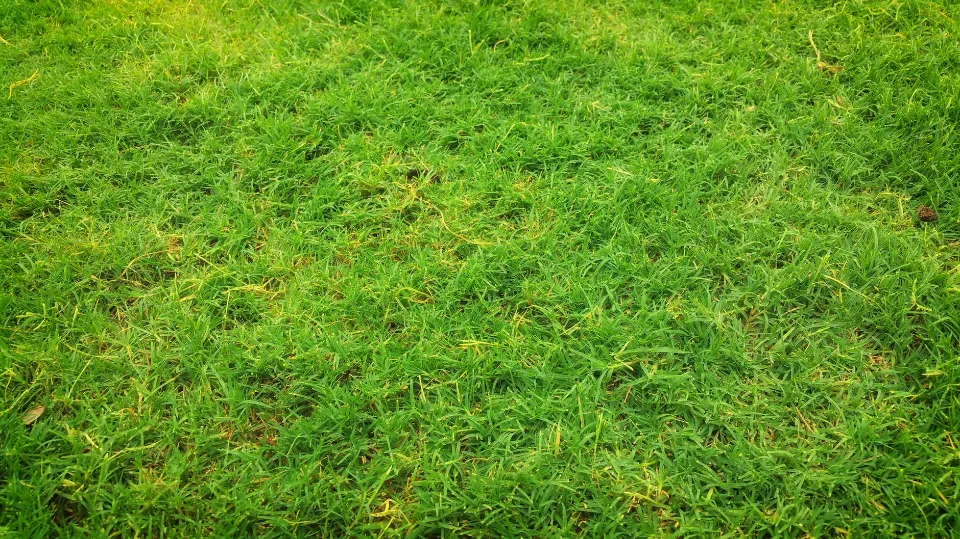
Do the Math
If your sprinkler system has a flow rate (in gallons per minute), the manufacturer should be able to provide it, making this the simplest method. Simply divide the sprinkler flow rate by the lawn’s square footage after multiplying it by 0.62 gallons, or 1 inch of water per square foot. You will learn how many minutes to run your sprinkler system from this.
Measure With Cans
Place empty, clean tuna cans in various locations across the lawn and time how long it takes for each can to fill with 1 to 1.5 inches of water. Use the typical time it takes to fill all of the cans because sprinkler coverage patterns may differ across the lawn.
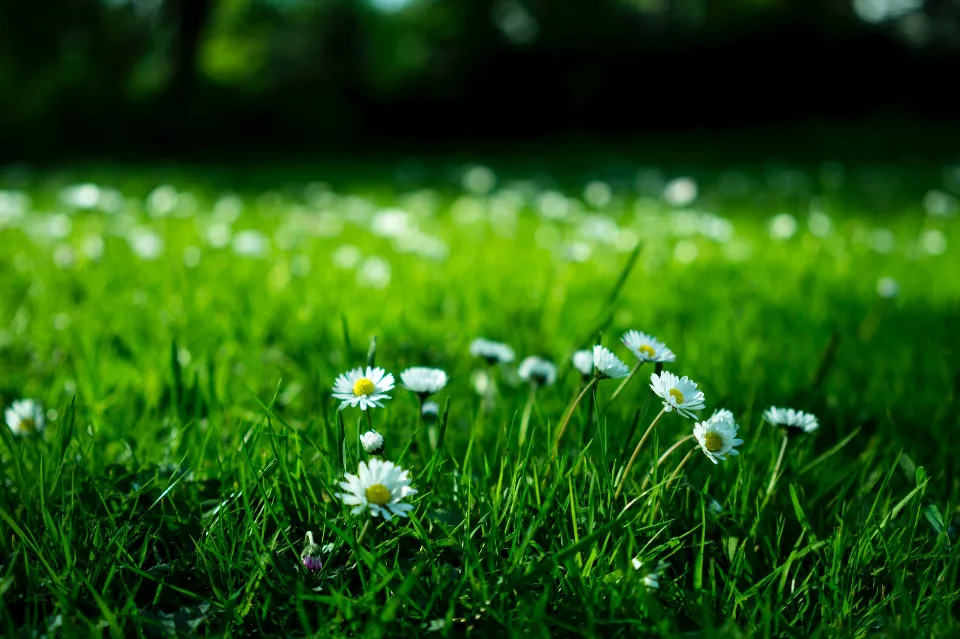
Use a Flow Timer (or Water Timer)
Select a timer that records water flow in tens of thousands of gallons. To calculate the overall number of gallons required for your entire lawn, multiply the square footage of your lawn by 0.62 gallons (equivalent to an inch of water per square foot).
When you water your lawn, you might start to notice that it isn’t taking up the water as quickly as it should. If you discover that your lawn always becomes soggy after watering, try watering in shorter cycles (for instance, 10 minutes on, 10 minutes off, 10 minutes on, etc.) until the time needed to apply the necessary amount of water is met.).
Watering Different Types of Lawns
Do not rely solely on Mother Nature to water your lawn during the first year of its growth, regardless of whether it was just seeded, sodded, sprigged, or plugged. Always provide additional irrigation.
Keep the top inch of soil consistently moist but not soggy when watering a freshly seeded lawn. You will likely need to mist the seeded area once or twice a day (possibly more if it’s hot and dry outside). Once the seeds start to germinate, continue to keep the top 2 inches of soil moist until the new grass reaches a mowing height of around 3 inches. After that, begin to cut back watering to twice per week and soak the soil deeper, about 6 to 8 inches, to encourage the grass roots to grow down deep into the soil.
Keep These Tips in Mind When Watering a Cool-Season Grass Type:
- Tall fescue has a deep root system and the highest drought tolerance of all the cool-season grass types.
- Lawns that are a mixture of Kentucky bluegrass, perennial ryegrass, and fine fescues will go dormant during drought if not watered, but will revive (re-green) when rain returns.
When Watering a Warm-Season Grass Type, Keep These Tips in Mind:
- Deep root systems enable the centipede, zoysia, bermuda, and st. augustine grasses to better withstand drought.
- Cool-season grasses generally need more water, whereas warm-season grasses don’t. Due to variations in rainfall and summer weather, where you live affects how frequently you need to water. Grass requires the most water in conditions of heat, drought, low humidity, and high winds.The type of soil you have also plays a part: Clay soil holds water longer and can be watered less frequently than sandy soil, which drains very quickly (and therefore needs to be watered more often).
Sprinklers and intelligent watering systems are just two of the many ways to water your lawn. Pick the approach that works best for you and your lawn out of the options available; each has its own advantages. Some strategies to think about are listed below.
Pulsating sprinklers (water guzzlers): These propel water horizontally and quickly, shielding it from the wind.
Hose-end sprinklers: Great for small- to medium-size lawns. There are many different types, so you can choose the one that fits your lawn best.
In-ground sprinklers: These can distribute water in the most effective manner. For best results, pick low-profile sprinklers and set them up to spray horizontally.
Smart watering systems: Smart watering systems come in many varieties, and the majority of them work in conjunction with underground sprinkler networks. Many have controllers that use real-time weather data to automate watering so you don’t have to worry about it, as well as ones that let you schedule watering using your smartphone.
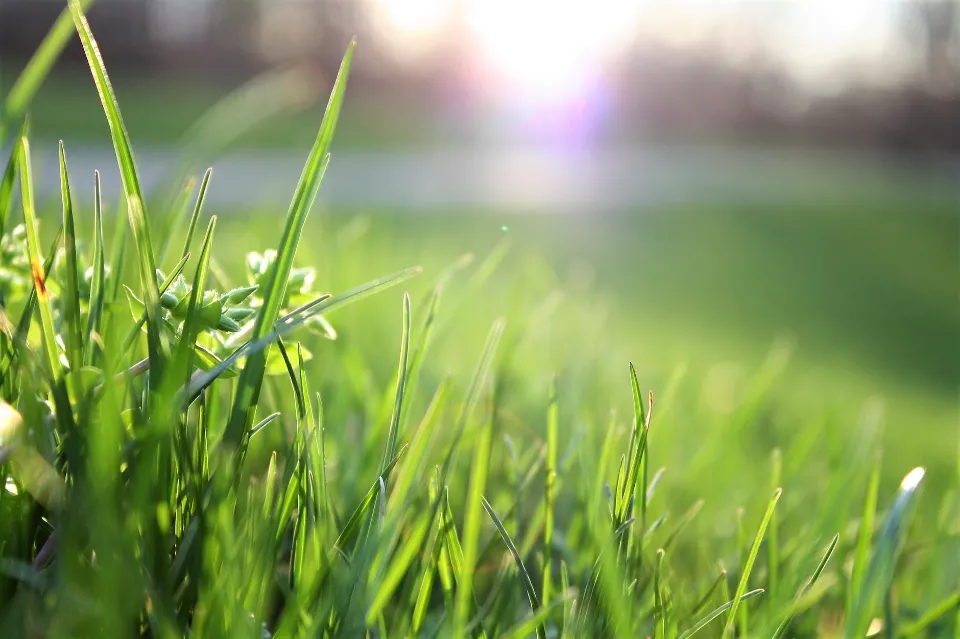
Final Thoughts
The best time to water grass is in the morning because it gives it time to absorb the moisture before the heat of the day and helps deliver the nutrients and oxygen the grass needs to grow. Learn more about your lawn and the type of grass you have by conducting research to ensure that you are giving it the proper care. The amount of water you require will be determined by the requirements of your grass or grass seeds.
Be sure to water thoughtfully, which better manages your water resources, and helps your lawn grow. Take care to avoid overwatering, which can push essential nutrients out of reach of the roots, along with underwatering, which can create dried-out patches on your lawn.
With the right amount of water delivered at the best time of day, your lawn is sure to see an improvement.
FAQs About the Best Time to Water Grass
Your grass will benefit greatly from learning when to run your sprinklers in your yard and putting that knowledge into practice. Here are some frequently asked questions and their respective answers regarding the best time to water grass in order to better understand how to encourage your grass to grow and how to water it correctly.
Does Watering Grass in the Sun Burn It?
The idea that watering grass in the sun will burn the grass beneath it is a common misconception. The water droplets act like magnifying glasses, causing the grass beneath them to burn. Insufficient watering causes dry spots to develop on your lawn. The best time to water grass is early in the morning because watering during the heat of the day causes the water to evaporate more quickly and your lawn doesn’t receive as much moisture as you think it does.
Should You Water Grass After Mowing?
Only if you notice that your grass is in desperate need of moisture after mowing should you water it. By all means, water your grass after mowing if your mowing schedule and your early morning watering schedule coincide. If you prefer to mow your lawn during the day, wait until the morning to water it.
How Often Should You Water Grass Seed?
In order to promote germination, grass seed must be watered at least twice per day. Depending on the type of grass used, this process can take anywhere between 5 and 30 days. To aid in seed germination and grass sprouting, the top layer of soil should always be kept moist.
How Deep Do Grass Roots Grow?
The type of grass you are using determines the depth of the roots. There are numerous grass roots that are only a few inches below the surface. Grass roots can go as deep as three feet in mature lawns that have had time to develop and establish themselves.
What’s the Best Time to Water Grass Seed?
The coolest parts of the day, early in the morning and late in the afternoon, are the ideal times to water grass seed. You might need to water more frequently in areas that are hotter or drier. Grass seed requires constant moisture in the top 1½ inches of soil to help the seed germinate.

